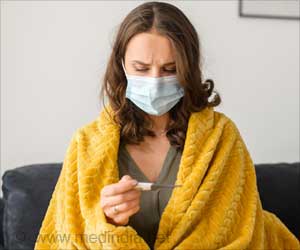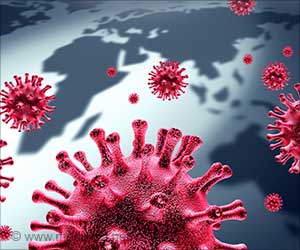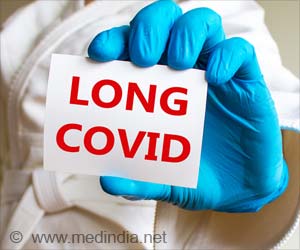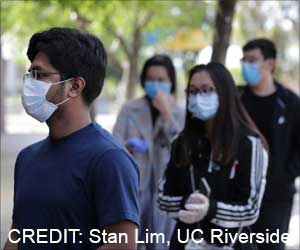Inhalation of isolated coronavirus particles allows more than 65% of them to reach the deepest region of our lungs and cause low blood oxygen levels (hypoxia).
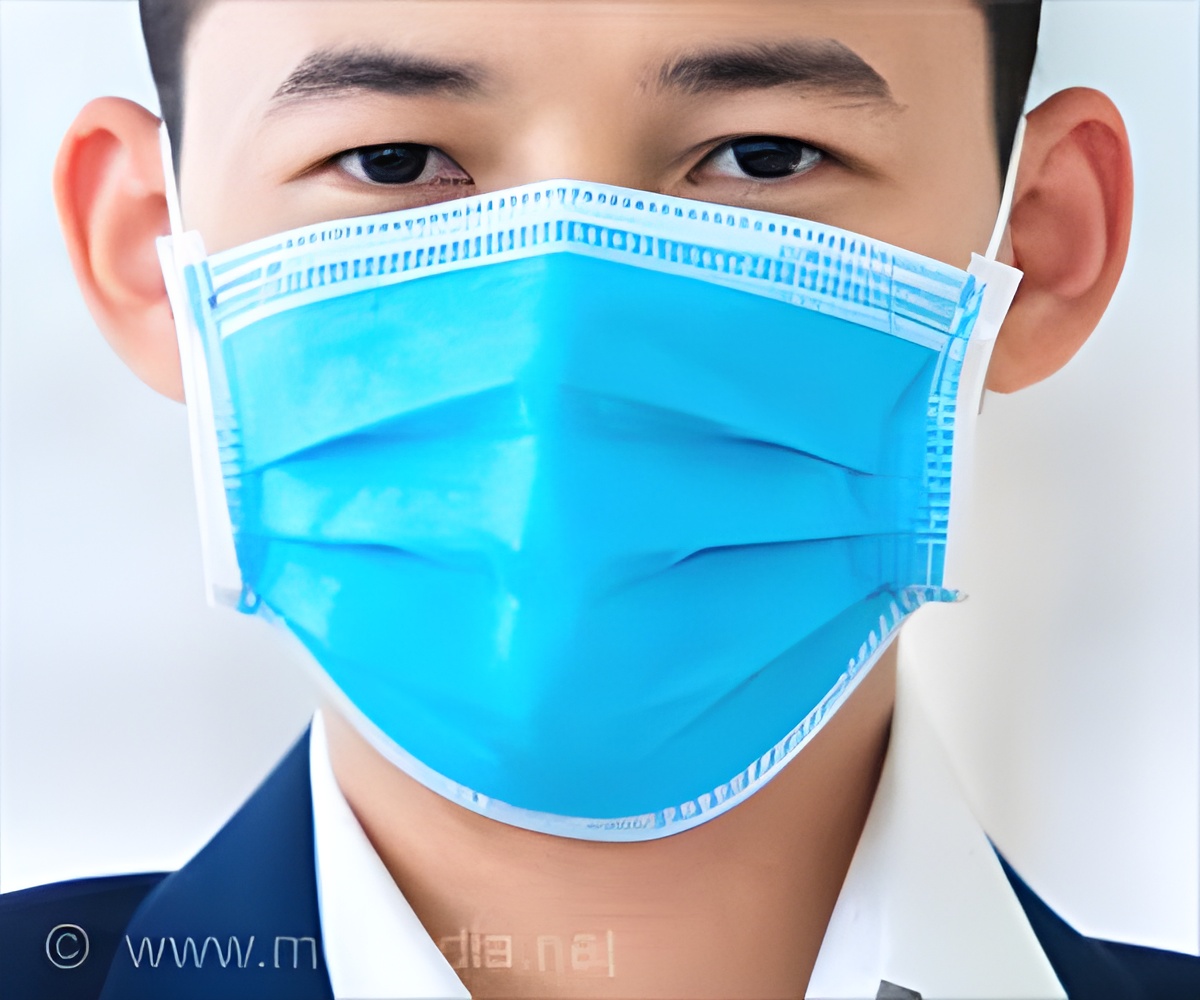
‘Inhalation of isolated coronavirus particles allows more than 65% of them to reach the deepest region of our lungs (right lung more than the left) where damage to cells can lead to low blood oxygen levels (hypoxia). It is thereby important to develop targeted drug delivery devices that would allow the drugs to reach the targeted position of the lower airways.
’





The ability to absorb oxygen critically depends upon the alveolar system (terminal branches) of the lungs. Viral inflammation can severely damage this region thereby causing hypoxia followed by an increased risk of death. Why Aerosols are Serious in COVID-19?
The reason why more virus particles are deposited in the right lung is due to the highly asymmetrical anatomical structure of the lungs and the flow of air through it. The study team had created a model of three different flow rates - 7.5, 15, and 30 liters per minute.
They had observed that the model had shown greater virus deposition at lower flow rates. The study also implicates the development of targeted drug delivery devices. This may allow the drugs to reach the targeted position of the lower airways, especially with diseases like COVID-19, and understand how SARS CoV-2 aerosols affect individual patients.
The aerosols from a diseased person have more potency to infect those nearby. Hence the World Health Organisation recently updated its advice about the importance of aerosol transmission, warning that because aerosols can remain suspended in the air, crowded indoor settings and areas with poor ventilation pose a significant risk for transmission of Covid-19.
Advertisement
Source-Medindia


